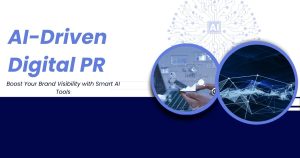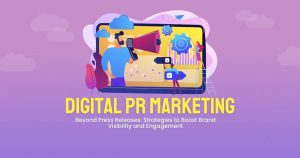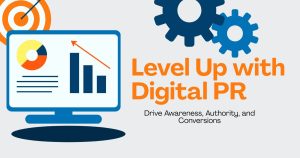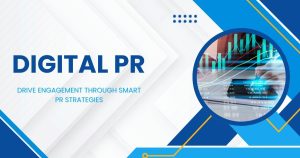How Digital and Social Media Have Transformed Public Relations
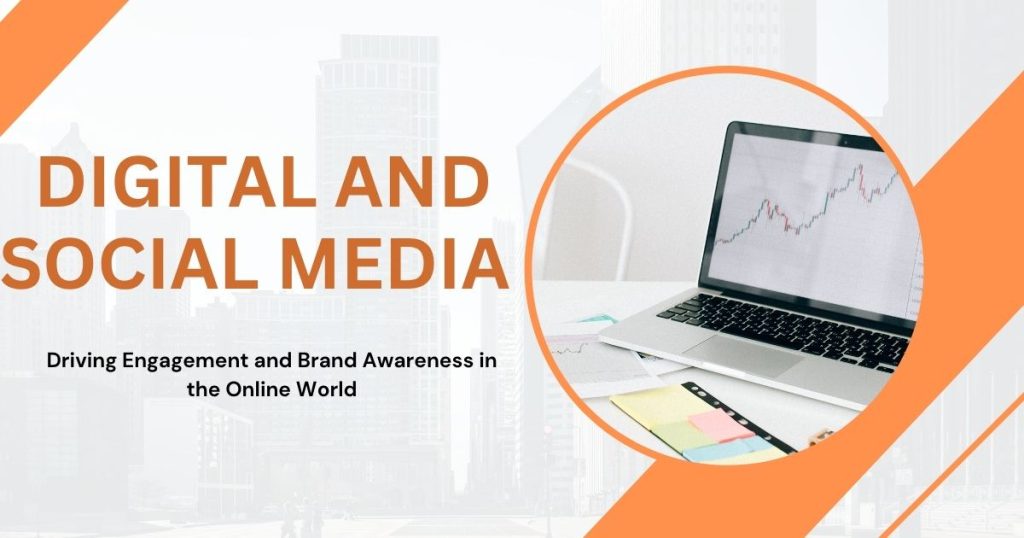
Public relations (PR) once meant press releases, media outreach, and planned media events. Digital and social media have changed PR. They moved it from old methods to a quick, lively scene.
Today, organizations use more than traditional media to share their messages. They use digital platforms and social networks to connect with their audiences. They create engaging stories and measure their impact right away.
This blog looks at how digital and social media change PR strategies. It shares insights on their effects. It also gives practical tips for today’s PR pros.
The Shift from Traditional Media to Digital Platforms
Direct Audience Engagement
Digital and social media have a significant impact on PR. They enable brands to establish a direct connection with their audiences. PR pros used to rely on gatekeepers like journalists and editors to share their messages.
Instagram, Facebook, LinkedIn, and Twitter help brands connect with their audience easily and quickly. This shortens the feedback loop. It also helps organizations build deeper, more personal connections with customers.
Wendy’s Twitter account is well-known for its funny and snarky way of engaging with customers. The fast-food chain built a new fan base with fun and engaging tweets. Their loyalty comes from the brand’s online personality.
Bypassing Traditional Media
Before the digital era, getting coverage from a big publication was the goal of a PR campaign. Brands can now make their own “media.” This lets them control the story without facing gatekeeping issues.
Brands often share blogs, videos, and podcasts on their platforms regularly. These formats let them create content for their audience without needing outside approval. Tools like YouTube and Medium let organizations become trusted publishers.
Takeaway: PR pros must master content creation and sharing online. It’s just as important as pitching to traditional media.
Social Media as a Two-Way Conversation

Real-Time Interaction
Social platforms such as Twitter and Facebook have made public relations highly interactive. Brands can answer customer questions, clear up misunderstandings, and handle crises quickly. Their audience can see these open communication efforts in real-time.
This interaction builds trust and loyalty. Consumers value brands that listen and respond quickly to their concerns.
Example: During Apple’s “Batterygate” scandal, the company faced backlash. They were accused of deliberately reducing the performance of older iPhone models. Apple quickly apologized on social media and shared low-cost battery replacement options. This shows how social media can help manage crises effectively.
Amplification Through User-Generated Content
User-generated content (UGC) is important for PR campaigns. It includes customer reviews, videos, and testimonials shared online. Brands can boost their reach by encouraging their audience to make and share content. This way, they save on costly ad campaigns.
Starbucks runs its annual #RedCupContest on Instagram. It encourages fans to share fun photos with their famous red holiday cups. These campaigns create millions of organic impressions. They also boost the brand’s positive image.
Pro Tip: PR pros should plan to include UGC or branded hashtags. This lets audiences share real content, which boosts the credibility of campaigns.
The Role of Influencers in Modern PR
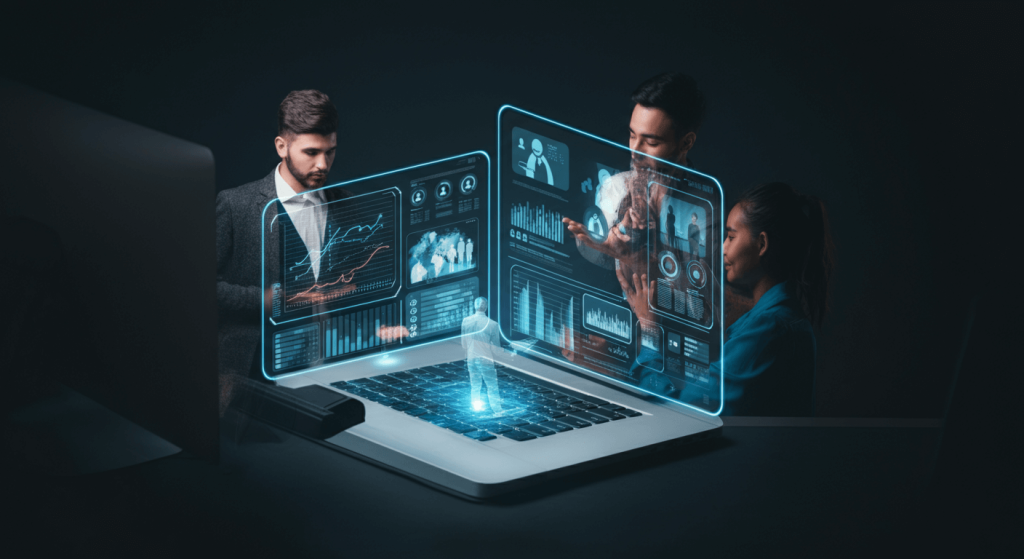
Influencer Collaboration
Digital and social media have created a new type of influencer. These individuals attract large followings and earn trust on various platforms. Modern PR strategies now often incorporate influencer collaborations to amplify brand messages.
Brands now partner with influencers instead of hosting press tours for journalists. This way, they can reach their target audience with genuine endorsements. Research shows that 61% of consumers trust influencer recommendations. This makes influencers key in PR strategies.
Example: Fitness brands like Gyms hark built their identity by leveraging influencers. Gyms hark invests a lot in micro and macro-influencers. This helps their products connect with a loyal fitness community.
Measuring Influencer ROI
Unlike traditional celebrity endorsements, influencer success metrics allow for straightforward tracking. PR specialists can track engagements, impressions, and conversions from influencer campaigns. This gives clear data on how well the campaign works.
Data-Driven PR
Analytics-Backed Campaigns
Digital tools have put analytics at the center of PR decisions. PR pros can use tools like Google Analytics, Sprout Social, and Hootsuite to track how well their messages perform.
These tools help PR specialists measure reach, impressions, and engagement rates. They also provide real-time sentiment analysis. Campaigns can be refined mid-course based on measurable insights.
A low engagement rate on Instagram Stories may lead a brand to change its messaging or tone in future posts.
Pro Tip: Use A/B Testing in your digital campaigns. It helps you discover what your audience likes best.
Crisis Management in the Digital Era
The speed of social media comes with one significant downside for PR professionals—bad news travels fast. A single misstep can lead to a cascade of negative sentiment in minutes.

Example of Crisis Gone Wrong
Remember the Kendall Jenner Pepsi ad backlash? Negative feelings spread quickly on social media. Pepsi faced strong backlash for appearing to downplay social movements. This incident highlights how quickly a campaign can go off the rails in the digital age.
Handling Crises in Advance
Modern PR teams need tools that track brand mentions in real time. This helps them fix issues right away.
Brand watch and Mention track online chatter. This helps to respond with urgency to crises before they grow.
Integrating brand values into digital campaigns.
Today’s consumers expect brands to advocate for social and environmental causes. Public relations now go beyond product promotions. It also emphasizes building brands with a purpose.
Communicating Purpose
Brands should use digital and social platforms. This helps them align their campaigns with larger values. Patagonia often shares campaigns for climate action on social media. They also confirm their commitment to sustainability in press statements.
Authentic PR helps brands connect with buyers and communities that share their values.
Final Thoughts
Digital and social media have changed public relations. Now, it’s interactive and data-driven. PR professionals have many chances to rethink how they connect with audiences.
A successful PR strategy needs direct engagement, real-time analytics, and authentic storytelling. These elements help connect with today’s digital-savvy consumers. PR professionals can use digital tools to connect better with their audience. They can work with influencers, share content from users, or handle crises openly. This approach helps build lasting relationships.
Are you ready to take your PR campaigns to the next level? The secret is using digital tools, looking at data, and being flexible in a changing world.

